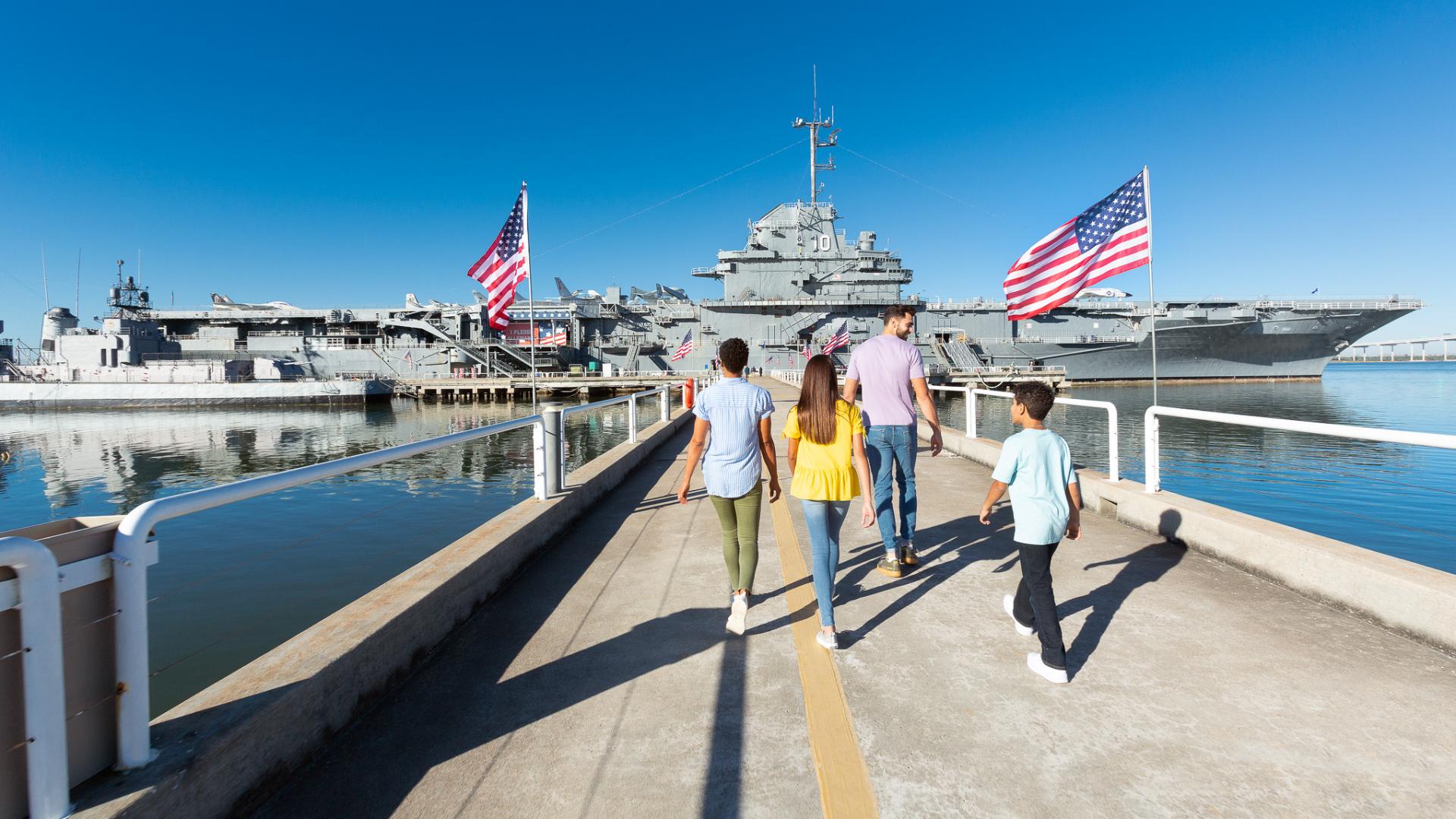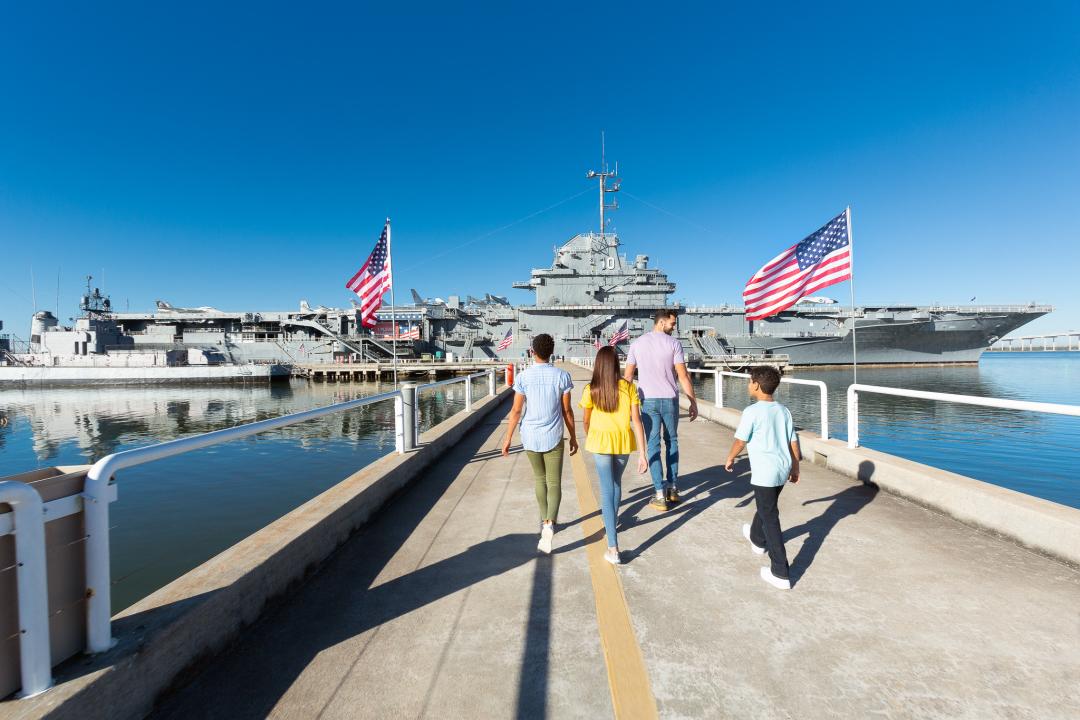
On 25 July 1927 Lieutenant Carleton Cole Champion, Jr., set the world altitude record in a Wright Apache aircraft by reaching 38,419 feet. This record would stand for two years. Champion had set the world seaplane altitude record just three weeks before with his float equipped Apache (seen above and below) when he climbed to 37,995 on 04 July. His departure airfield for both records was Naval Air Station Anacostia, in Washington, DC.
His flight was not without adventure and danger! Lieutenant Champion's aircraft powered by a 425 hp Pratt & Whitney engine climbed to 47,000 feet on his cockpit altimeter, when near disaster struck. Two cylinder heads blew off the engine, just missing Champion's head. He ducked for effect, but his head movement jerked the oxygen tube out of his mouth. Instantly he passed out. His Apache aircraft now descended in an uncontrolled state with an unconscious pilot. At lower altitude Champion regained consciousness and found his Apache falling and on fire. He placed the oxygen tube back in his mouth and took control of the aircraft, sideslipping the aircraft and diving in an attempt to put out the fire. Still wozy from the hypoxia, he was able to land in a cornfield having fought four fires on the way down. Later examination of his instruments would yield the record altitude of 38,419 feet. Champion's flight would lead to the development of the oxygen mask, a tool that would save many future pilots when worn properly.
Like the Chief of the Bureau of Naval Aeronautics, Rear Admiral William Adger Moffett, Lieutenant Champion was a Charlestonian, born in Charleston, South Carolina, on 28 September 1896. He was a graduate of the Naval Academy, commanded the USS Biscayne in World War II and retired as a Captain in the United States Navy.



